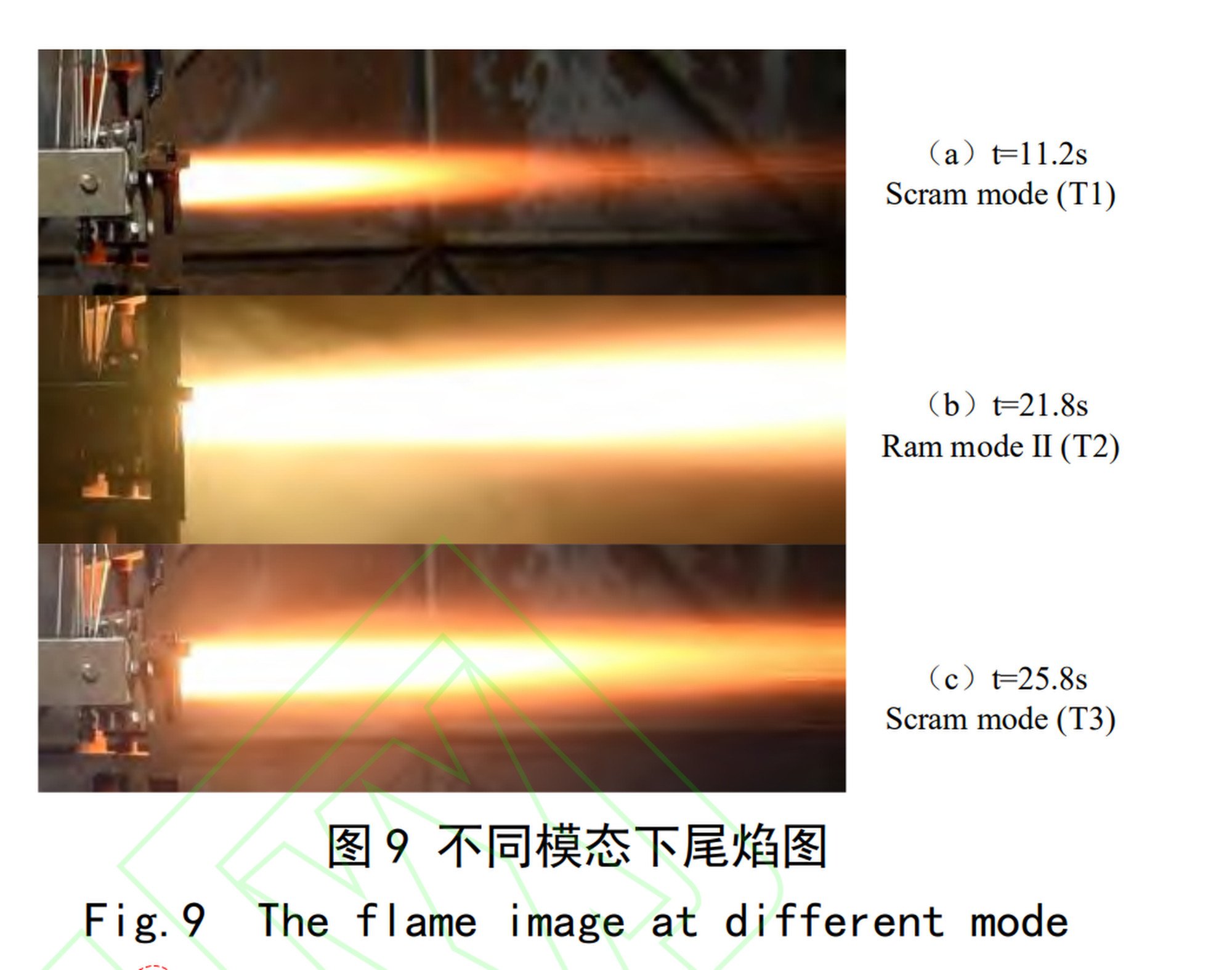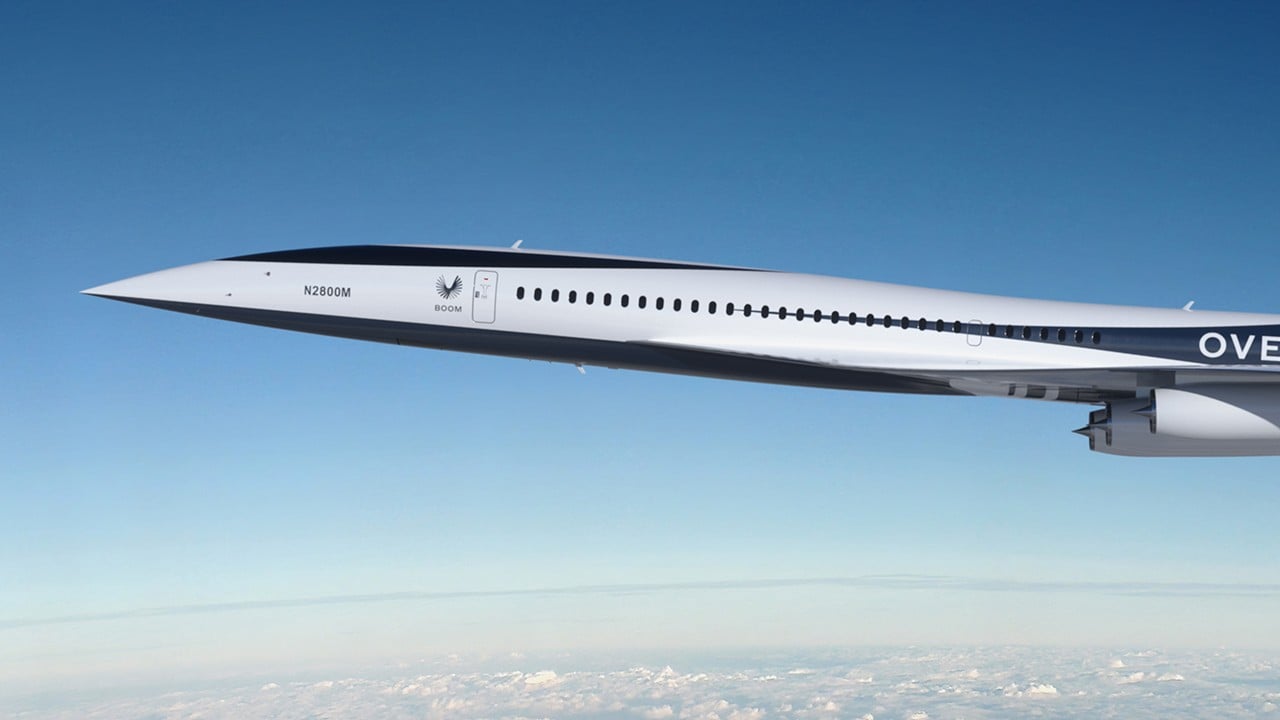
Chinese team nearly doubles boron engine efficiency in boon for military and civilian hypersonic flights: paper
- Military researchers say their innovation could boost the operational range for hypersonic weapons
- Prototype engine achieved 79 per cent fuel efficiency by switching to subsonic-combustion mode during ground test that simulated flight
When a missile or aircraft is cruising at hypersonic speeds, the technology slows incoming fresh air to below the speed of sound before it enters the engine’s combustion chamber.
The slower the air moves through the engine, the more thoroughly the fuel burns.
A prototype engine achieved a fuel efficiency of 79 per cent by switching to this subsonic-combustion mode during a ground test that simulated a flight at an altitude of 25km (15.5 miles) at Mach 6, according to a Chinese-language paper published in the peer-reviewed Journal of Solid Rocket Technology on January 18.
Such efficiency was considered “remarkable” – nearly doubling that of a traditional scramjet engine working in similar conditions – said the team led by Ma Likun, an associate professor at the National University of Defence Technology in Changsha, Hunan province.

Hypersonic weapons can travel at five times the speed of sound or faster in the atmosphere.
Unlike ballistic missiles, these weapons can manoeuvre when approaching a target, leaving most missile defence systems little time to respond.
“A solid scramjet engine has numerous advantages, such as simple structure, high volume specific impulse, high flame stability and the potential to work in a wide speed range,” wrote Ma’s team in the paper.
But it was extremely difficult to control the combustion of solid-state fuel, they said.
Feeding fuel powders into the combustion chamber and mixing them with fresh air efficiently involves many sophisticated physical processes, some of which remain poorly understood.
Military users usually prefer solid fuel to liquid for the ease of transport and storage.
The prototype engine built by Ma’s team used boron powder as the main fuel ingredient. Boron is a grey element often used in disinfectants, but in powder form it can burn violently when it meets oxygen.
At the beginning of the experiment, the engine worked as an ordinary scramjet engine, with boron powder injected into the supersonic airflow and burning out fast.
The researchers then changed the powder injection mode from single to multiple nozzles, triggering additional shock waves in the combustion chamber that expanded and moved upwards towards the air inlet. The fresh air was immediately slowed to subsonic speed after hitting the shock waves.
In the chamber the boron powder therefore had more time to mingle with air molecules and achieve more thorough chemical reactions, according to the researchers.
The higher the combustion temperature, the more thrust the engine could generate given the same amount of fuel.
A hypersonic missile, or aircraft equipped with this type of engine, can therefore cruise longer and further, according to the researchers.
And then, with the push of a button, the researchers could make those shock waves disappear and bring the engine back to standard scramjet mode again.
This means the boron engine adjusts itself almost as freely as a liquid fuel engine does. The new engine could therefore meet varying thrust requirements in different stages of flight to further improve fuel efficiency and mobility.
In an indication of the unique nature of the innovation, Ma’s team said “there has been no open report” on similar technology.
The data collected in the ground experiments will aid the engine construction for a test flight, according to the researchers.
But their experiment also revealed engineering challenges.
The shock waves, for instance, caused heat damage in the fuel injectors that could affect the ability to reuse the engine.
The Chinese authorities believed such a disruptive technology could trigger a revolution in human transport and help China overcome its lag in traditional jet engine technology.
But the first passenger flight may not happen until 2035, according to the official plan.
Beijing is funding the development of numerous competing hypersonic propulsion technologies, including an oblique detonation engine that can release 10,000 times more energy than normal combustion by generating repeated explosions with liquid fuel.



